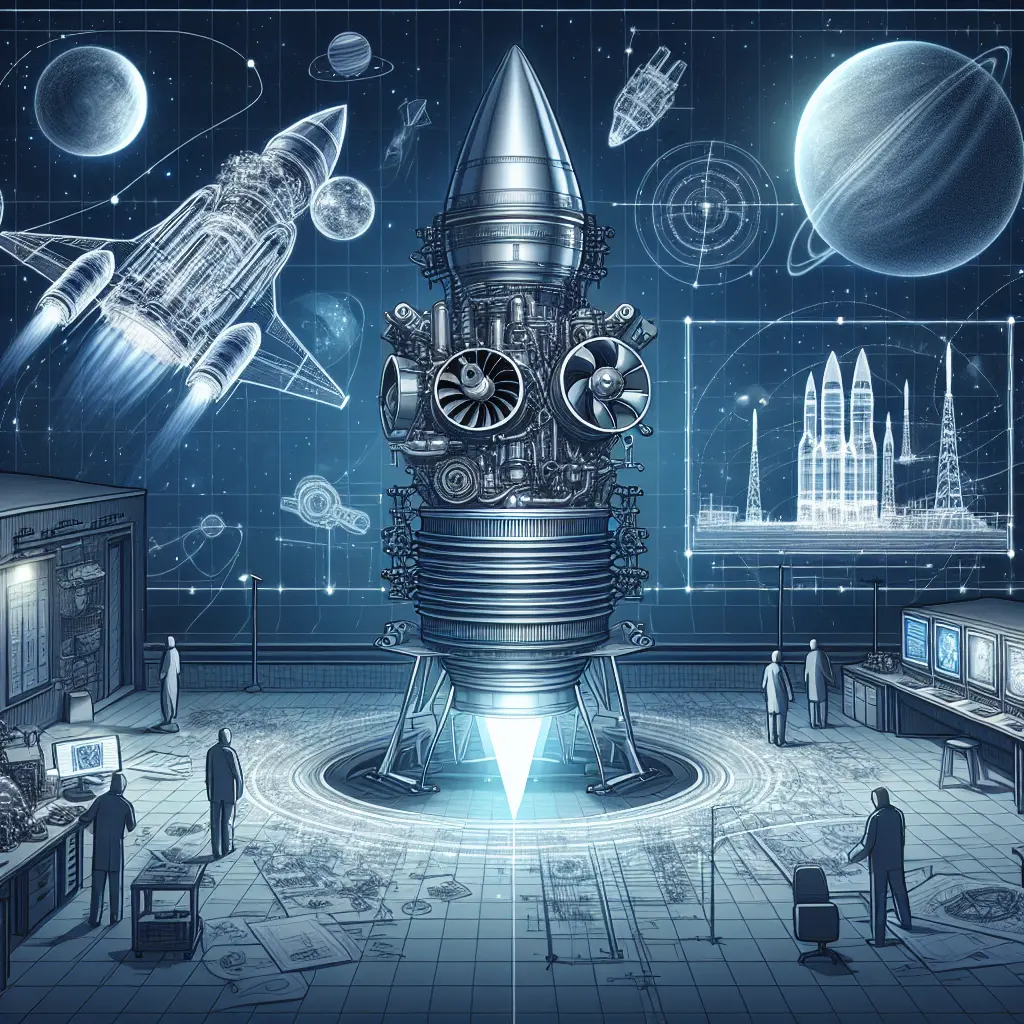SpaceX, under the visionary leadership of Elon Musk, has consistently pushed the boundaries of space exploration. With its ambitious Mars Colonization Plans, the company aims not just to visit the Red Planet but to establish a sustainable human presence there. This detailed exploration into SpaceX’s Mars colonization efforts will cover everything from the SpaceX Mars rockets to the anticipated timeline for achieving these milestones.
SpaceX Mars Colonization: The Vision and Strategy
Elon Musk’s Mars plan is not merely a flight of fancy but a well-articulated strategy aimed at making life multiplanetary. At the core of SpaceX Mars strategy lies the belief that Mars colonization can safeguard humanity by providing a “plan B” if Earth becomes uninhabitable. The overarching goal is to establish a Mars settlement with a self-sustaining civilization.
The blueprint for this ambitious project involves several critical stages. Initially, SpaceX Mars missions will focus on cargo deliveries to the Martian surface, primarily to set up the necessary infrastructure for future human missions and eventually for a permanent Mars habitat.
The Rockets: Engineering Marvels for Interplanetary Travel
Mars Habitat: Designing a New Home on the Red Planet
Creating a viable Mars habitat is crucial for the sustainability of the Mars settlement. This involves not only building structures that can withstand Mars’ harsh environment but also systems that can support life, including water supply, air filtration, and crop cultivation. SpaceX plans to utilize Martian resources, such as ice deposits, to create water and generate breathable air, significantly reducing the need to transport these essential resources from Earth.
The future of Mars colonization hinges on turning survival into sustainability. This means establishing a community that can grow and thrive independently of Earth. Life on Mars would involve not just scientific research but also developing industries, agriculture, and even local governance. Elon Musk envisions a future where the Mars settlement could evolve into a thriving city with its own economy.
While specific dates have been fluid, Elon Musk has suggested that the first human missions to Mars could take place within this decade, contingent on technological and financial milestones being met. The timeline for achieving a self-sustaining city on Mars is more long-term, possibly taking several decades.
Despite the excitement surrounding the SpaceX Mars mission, significant challenges remain. These include technical hurdles related to prolonged human spaceflight, life support systems, radiation protection, and psychological factors of long-duration isolation. Moreover, ethical and legal questions about planetary protection, resource use, and potential Martian governance are also being discussed within the scientific community and international forums.
Global Competitiveness in Space Exploration
SpaceX is not alone in its Martian ambitions. Other global entities, both governmental and private, are also setting their sights on Mars. For instance, NASA has its ongoing Mars exploration program with rovers and planned human missions. International competitiveness could either spur further innovation and collaboration or lead to strategic tensions in space exploration.
Recent events surrounding Elon Musk and his ventures indirectly affect public and investor confidence in SpaceX's interplanetary goals. News such as Tesla's challenges, including leadership decisions by Elon Musk that have sparked controversy, might influence perceptions of SpaceX's ambitious projects. For instance, Elon Musk's endorsement of political figures or delays in Tesla's projects like the Robotaxi could impact investor sentiment.
The quest for Mars colonization by SpaceX represents one of the most thrilling endeavors in human history. The vision of establishing a sustainable human presence on Mars pushes the envelope of what is possible in space exploration. As we continue to monitor SpaceX's progress and developments, the dream of the Red Planet colonization becomes increasingly tangible.
As we gaze at the night sky, Mars no longer seems just a distant red dot but a potential new home, a testament to human ingenuity and determination. The journey ahead is fraught with challenges and uncertainties, but also filled with immense possibilities.
To everyone dreaming of stars and beyond, let's buckle up for this exciting journey into the future—a future where Mars might just be another place to call home.









Leave a Comment